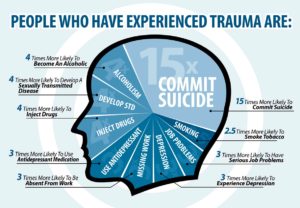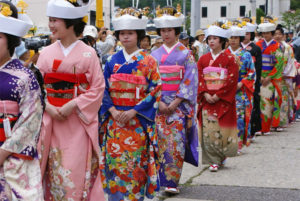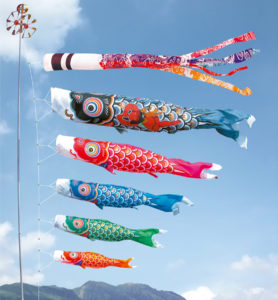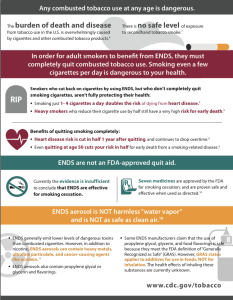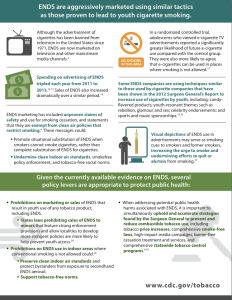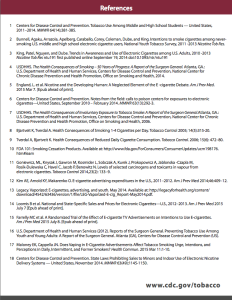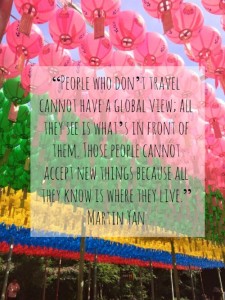September is a month of health promotion and health awarenesses! Look down below to participate in each or all of the events!
- Family Health and Fitness Day (September 24, 2016)
- The goal of this event is to promote family involvement in physical activities and towards a healthier community.
- “Local organizations throughout the country will host family-related health and fitness events at schools, park districts, hospitals, YMCAs/YWCAs, malls, health clubs and other community locations.” – http://www.fitnessday.com/family/
- “September is Fruits & Veggies—More Matters® Month is celebrating Fruits & Veggies—More Matters® Month by promoting the many benefits of eating plenty of fruits and veggies. Fruits & Veggies—More Matters® Month highlights the importance of healthy eating in keeping our community strong and healthy.” – Rightful owner
- Click on this link to find out why you should be eating more fruits!
- “Every September, SAMHSA sponsors Recovery Month to increase awareness and understanding of mental and substance use disorders and celebrate the people who recover.” – https://www.recoverymonth.gov/
- Click here to find events!
- MPLS Pizza Week!
- “MPLS Pizza Club is a community for Pizza Enthusiasts with Minneapolis ties who eat, share, explore, create, & celebrate all things pizza. There is no official membership, the club is based on shared experiences, building community, and collaboration. MPLS Pizza Club was founded by Paige Guggemos in 2013.” – Rightful owner
- For specific dates & info, click here!






